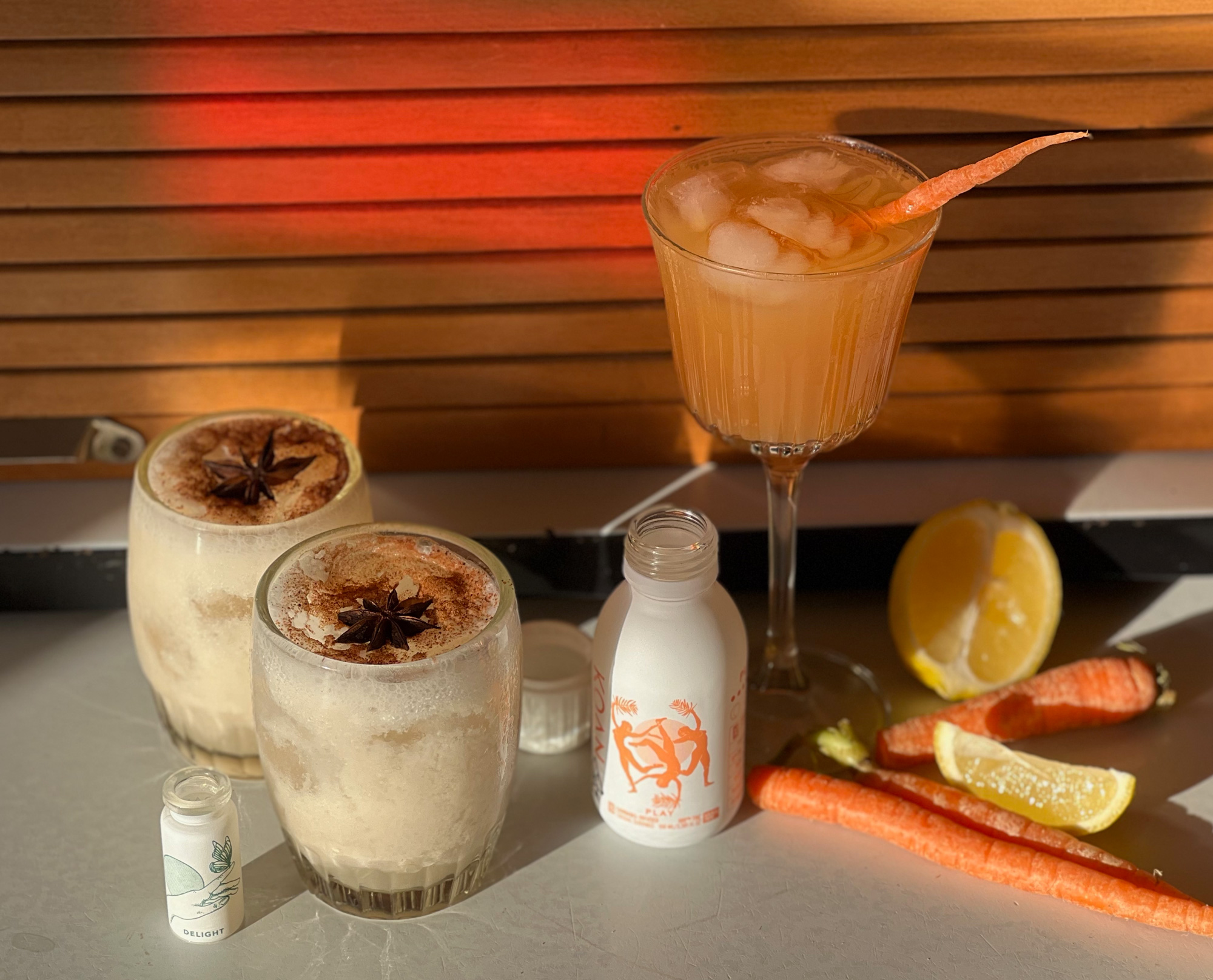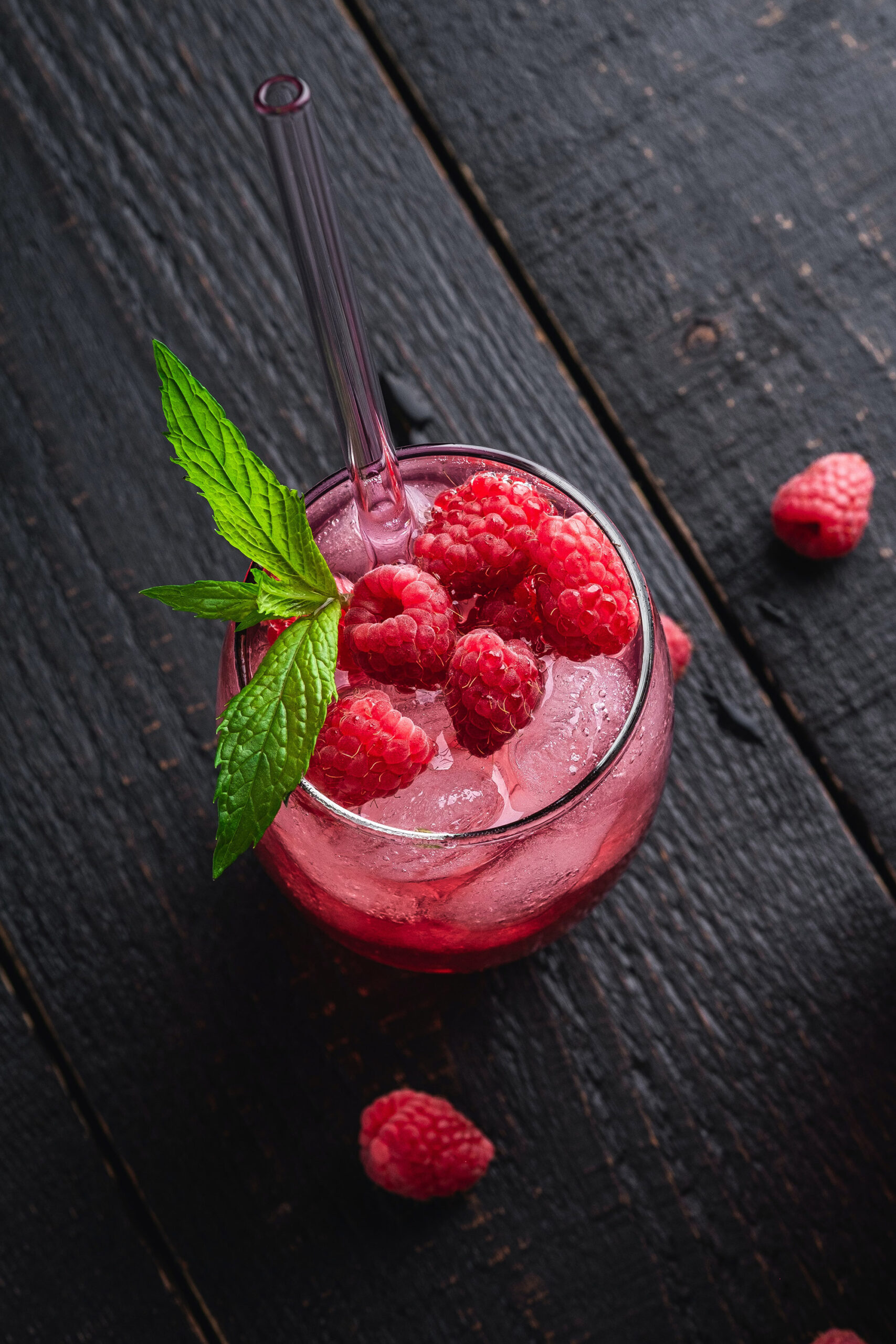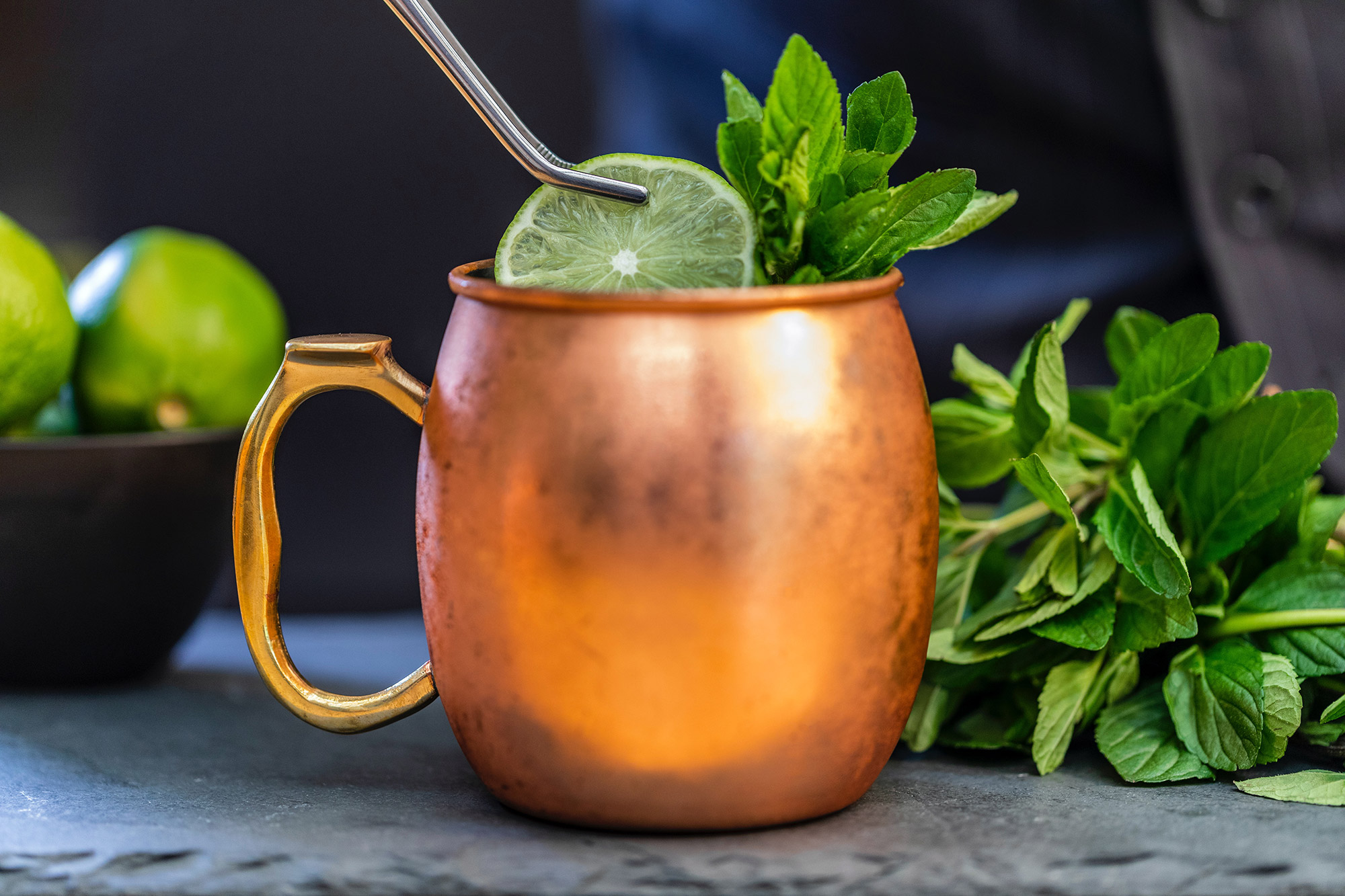Best Ways to Consume Cannabis: A Full List & Comparison of Delivery Methods
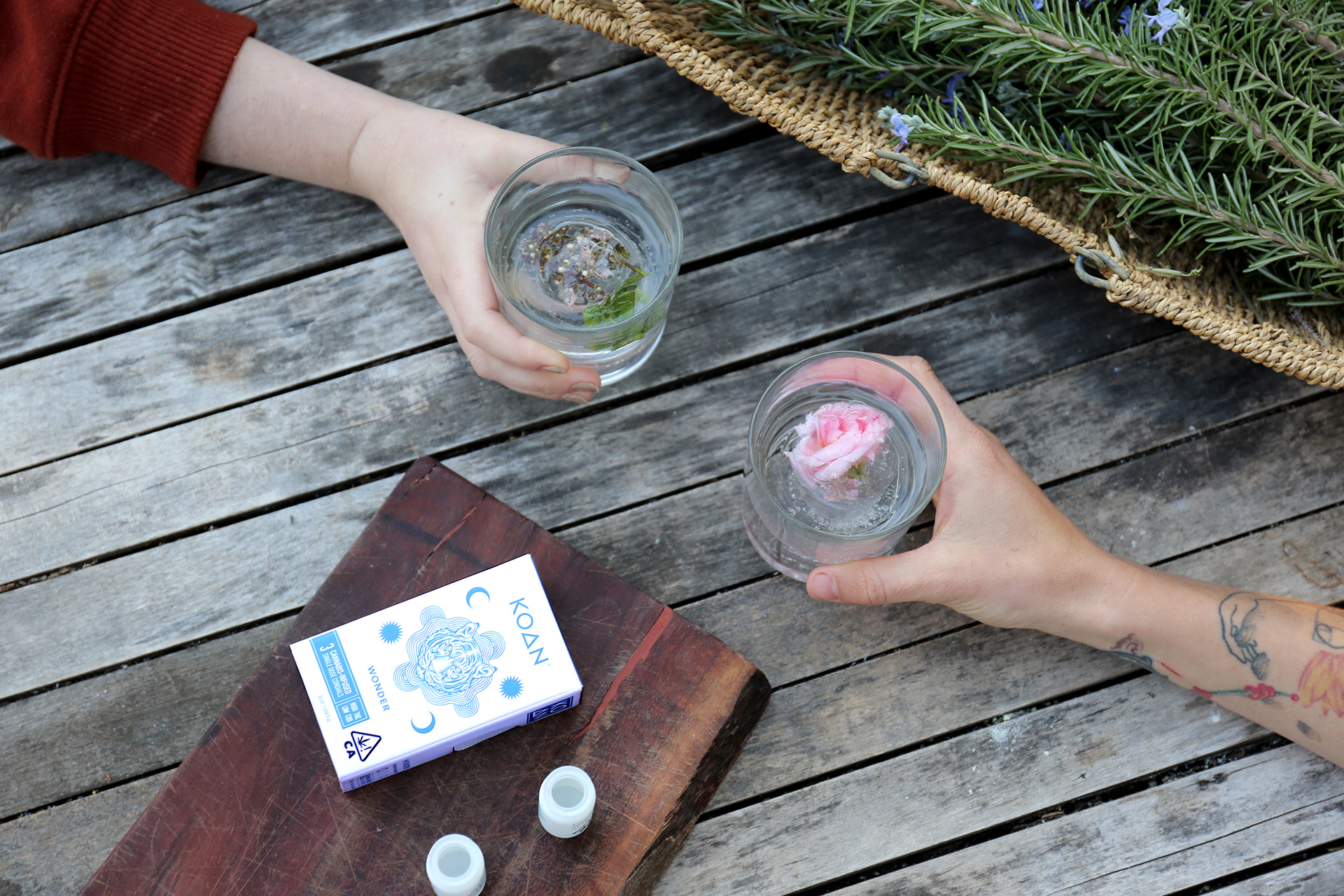
Table of contents
As health-conscious individuals, most of us are always on the lookout for the healthiest way to do something. Whether we’re looking for the best heart-healthy foods, the fastest way to improve our cardiovascular health, or healthy ways to reduce stress in our daily lives, we all want the most “bang for our buck.” Including consuming cannabis.
Today, there are so many new and novel ways to ingest cannabis, some obvious and some not so obvious. When trying to decide the best way to consume cannabis, you might have had the following questions:
- What even are the different ways to use cannabis?
- Is there a best way to ingest cannabis?
- What are the pros and cons of each method?
With so much information available at our fingertips, it can be difficult and overwhelming to try and sift through all the haze (no pun intended) by yourself, especially if you’re new to cannabis. Good news, though- we’re here to help! If you’ve had any of these questions or are just curious and looking to learn more, you’ve come to the right place!
Three Ways to Ingest Cannabis
When thinking about cannabis consumption, there are two major factors to consider: the quality of the product and the delivery method. Often, the point of focus is about the former. But here, we’re going to focus on the different ways to consume cannabis. There are three basic delivery methods:
- inhalation
- oral delivery
- topical delivery
Of course, under these umbrella methods, there are several further subcategories. Each of these methods has both advantages and disadvantages. In addition to personal preference, we need to consider the “controllability” of each method. That is, how well can the cannabis potency, precision of effect, onset time, and duration of experience be controlled and regulated. While the delivery method is often overlooked, it actually plays a huge role in both the mental and physical benefits of cannabis.

Ways to Use Cannabis: Inhalation
Vaping
When thinking of ways to consume cannabis, many people instantly picture someone smoking a blunt or a joint. Due to recent CDC guidelines regarding smoking, many folks seek out vaping as a smoke-free, healthier alternative. But now, there is a rising concern regarding vaping. Most of the concern stems from inhaling vitamin E acetate, an additive frequently found in vaping concentrates containing THC. Furthermore, vitamin E acetate is strongly linked to the EVALI outbreak that peaked in August 2019.
However, the jury is still out on the effects of vaping flower, not concentrates. Unfortunately, current research is limited on the effects of vaping flower. Also, remember how we mentioned potency earlier? One study found that those who vape cannabis experience stronger effects than when smoking, increasing the risk for cognitive and psychomotor impairments.
Rolling papers (joints)
Again, the whole inhaling smoke issue is a concern here. However, joints are fairly different from blunts. Joints are made literally with just paper and cannabis (and potentially other additives for flavor like hemp, bamboo, and rice). Blunts, on the other hand, are ground cannabis wrapped up paper wrappers that also contain nicotine. Because of the medical risks with nicotine, many folks steer clear of blunts.
Water Pipes
Likely originating in the Middle East and South Asia, a water pipe is a single or multi-stemmed instrument used to heat cannabis and then pass the smoke through a water basin. There are two main types of water pipes: bongs (also called Hookah) and bubblers. Bongs are thought to be safer than bubblers because they have “two water chambers, which reduces resins and nicotine” whereas a bubbler only has one. But on the plus side, bubblers are much more portable due to having fewer parts.
Water pipes are often touted for their smoother and creamier flavors compared to smoking cannabis dry. Again though, there’s the issue of inhaling smoke. Research is pretty limited on water pipes specifically, but one small study suggested that regularly smoking cannabis from a bong creates cellular changes in the lungs that predispose someone to lung collapse
Hand Pipes
Hand pipes have a small bowl and reservoir that trap smoke from the cannabis. While hand pipes are very portable and decorative, again, there’s the issue with the smoke.
Dabbing
The last inhalation method is a more recent technique called dabbing. Essentially, dabs are highly concentrated “waxy shots” of cannabis that are heated on a hot surface, like a nail, and then inhaled using a dab rig. THC is the main component in dabs, making the onset time very quick. Given the concentration of THC in dabs, it is fairly easy for new dabbers to get too high too quickly. On the flip side, users who suffer from severe chronic pain often report dabbing to be a great way to find quick relief.
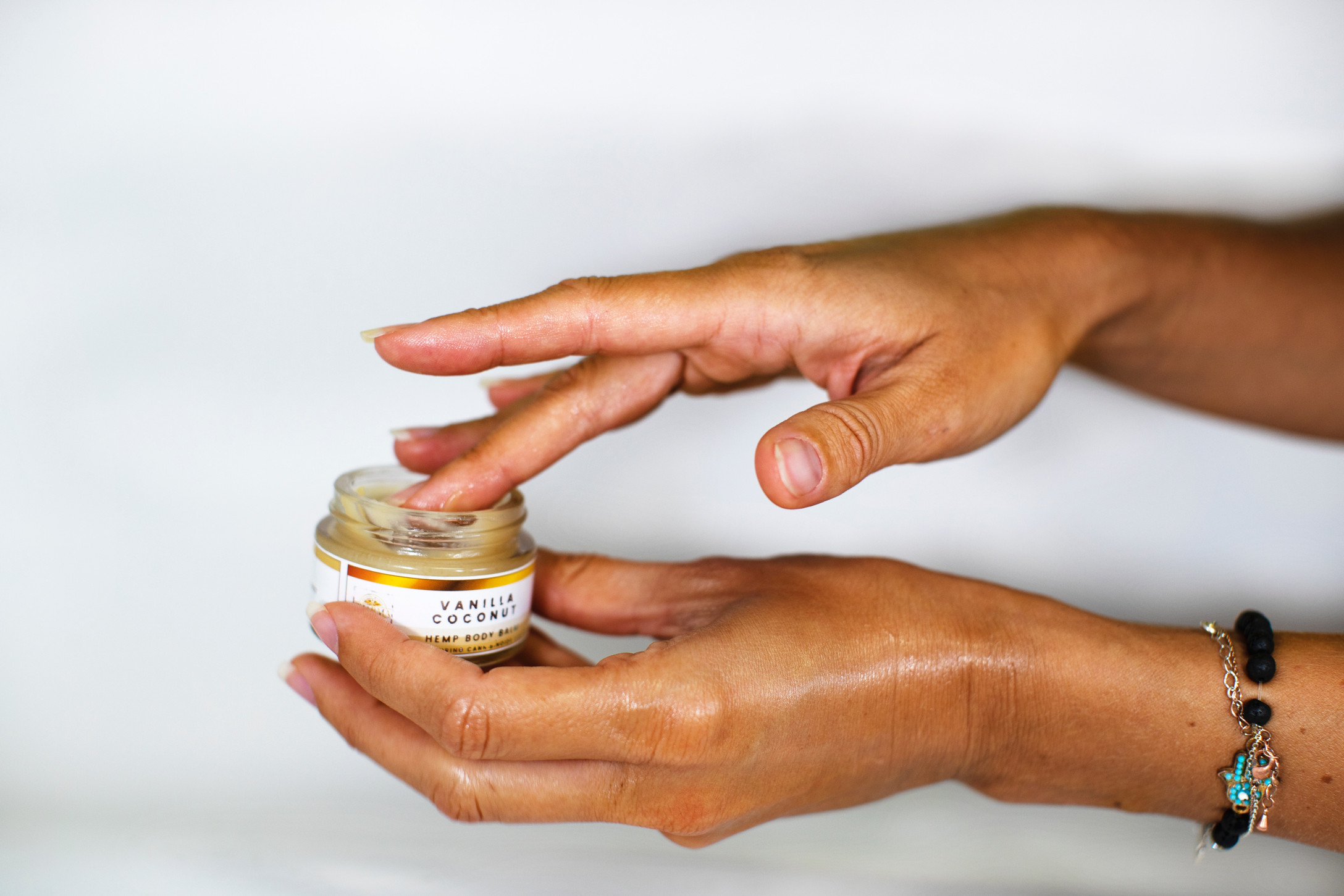
Ways to Use Cannabis: Topical Methods
Lotions and Creams
For those seeking the therapeutic effects of cannabis, but not the neuro effects, lotions and creams are the way to go. Evidence suggests that lotions and creams as a potential treatment for those who suffer skin irritation and pain.
Transdermal patches
Transdermal patches are similar to lotions and creams in that they go directly on the skin. The main difference is the way cannabis enters the body. Transdermal patches “adhere to a venus part of the body, where the cannabinoids can directly enter the bloodstream.” Because the cannabis directly enters the bloodstream, the patch can provide a slow release of cannabinoids, useful for those who need pain relief for long periods. Also, if discretion is an important perk for you, then transdermal patches just might be for you. Interestingly enough, the cannabis molecule cannot cross the blood-brain barrier. Meaning, it will not create a psychoactive experience, which can be a great alternative for those who have pain but want to avoid the high.
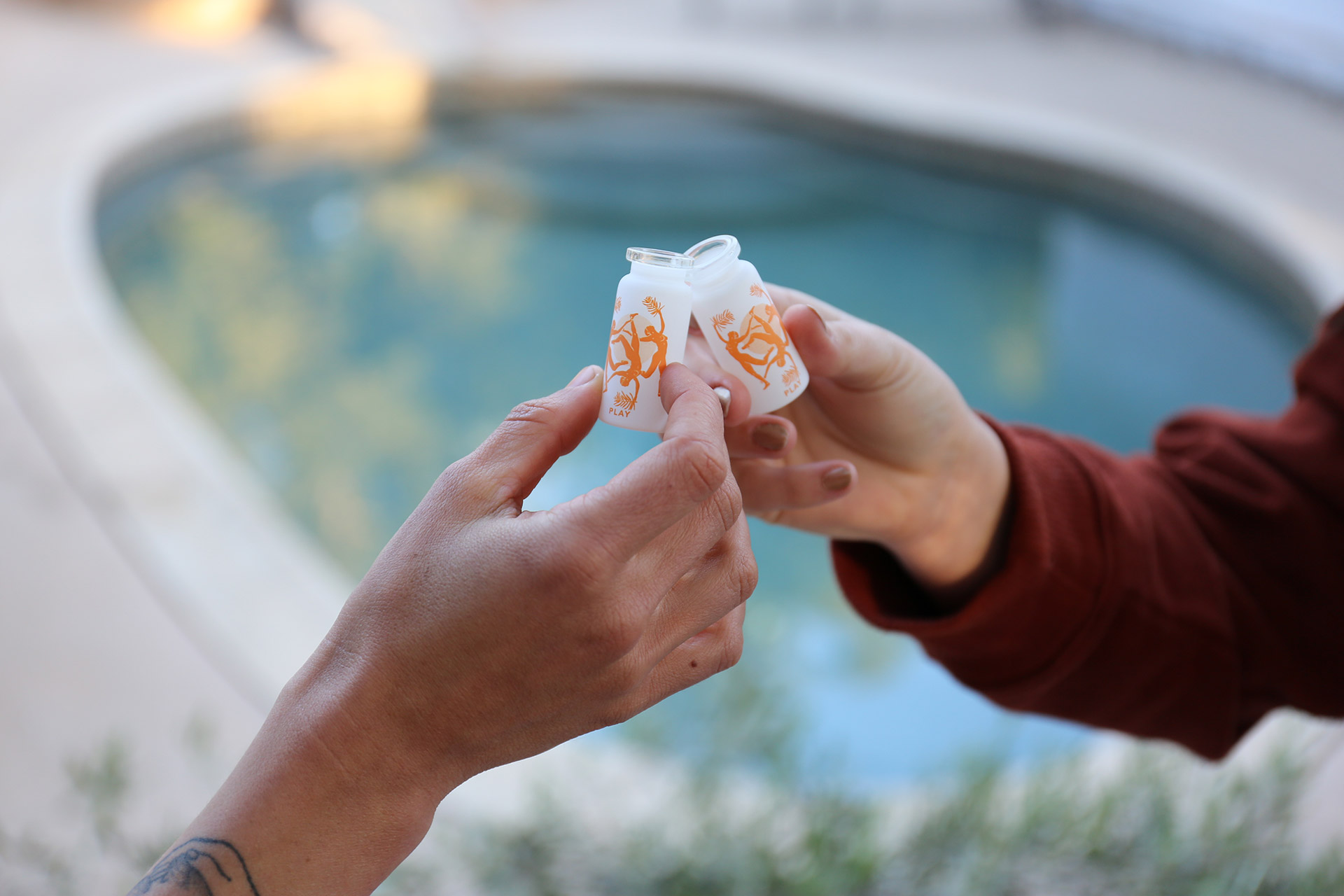
Ways to Use Cannabis: Oral Delivery
Edibles
Major pro of edibles: no concern for your lung health. Major con of edibles: long onset time. Depending on your perspective, this con may be an advantage. Because cannabis is now in your bloodstream, you’re likely to feel the effects longer than you would with smoking. Having said that, secondary digestion in the liver, which is common with edibles, is another major con to keep in mind: if the cannabis product is not entirely consumed in your stomach, it will cause the second spike of psychoactivity (which you don’t necessarily want or expect) when metabolized in your liver.
Tinctures
With just a few drops under the tongue, effects can be felt within 15 minutes or so. Other methods can take longer, which can be helpful or annoying depending on your personal preference. However, if you’re worried about your caloric intake with edibles, tinctures might be the way to go for you. Since tinctures are either alcohol or oil-based cannabis extracts, you only need a few drops to feel the effects.
Ingestible Oils
Ingestible oils are exactly as they sound: cannabis or hemp oil that can be ingested. Typically put into a capsule for ease of consumption, ingestible oils can also be directly eaten or consumed through capsules. So if you’re looking for an easy, discrete way to consume cannabis, this might be for you! As an added bonus, ingestible oils are currently being studied as a potential therapeutic treatment for behavioral and psychological symptoms related to dementia!
Oromucosal Sprays
A relatively new and interesting method to administer cannabis is through oromucosal sprays. The most common sprays include THC-only extract and THC + CBD extract (sometimes referred to as nabiximols). Currently, nabiximols shows promising results as a pain reliever for chronic pain, especially for cancer-related neuropathic pain. Unfortunately, many subjects in this study also reported side effects like extreme drowsiness, slurred speech, blurred vision, and brain fog.
Koan Cordials
Last, but certainly not least, are Koan’s very own cordials. The first of their kind, cannabis cordials are a non-alcoholic, water-soluble liquid made from cannabis and botanical extracts. Cordials are precision formulated, meaning each formulation offers specific experiences.
Even though some formulations, including Wonder, Create, and Play, are higher in THC and therefore psychoactive, others are below the psychoactive threshold (higher in CBD and terpenes and lower in THC), such as Calm.
All our cordials contain a composition of terpenes that help achieve precise effects and lead to better therapeutic benefits than cannabinoids alone. All these factors create a one-in-a-kind product that is functional and can serve a specific purpose. Koan takes all the guesswork out of cannabis use, including onset time, precision of effect, duration of experience, and consistency.
How to choose the best way to consume cannabis?
For some folks, having all this information readily at your fingertips is the keystone to figuring out what works best for you. But if you’re feeling a bit overwhelmed with it all, here are a few tips and tricks to find out exactly what is best for you:
- Seek out medical advice for health benefits and possible side effects
- Speak with a budtender at a local dispensary
- Explore the option of microdosing as a safe way to explore different methods
- “Start low and go slow” – when trying something for the first time, consume responsibly with caution
- Along with item #4, remember to always consume legally and responsibly.
References:
- https://www.sciencedirect.com/science/article/abs/pii/S0022354916320330?via%3Dihub
- https://jamanetwork.com/journals/jamanetworkopen/fullarticle/2716990
- https://www.karger.com/Article/Abstract/369791
- http://news.bbc.co.uk/2/hi/uk_news/magazine/6238382.stm
- https://cannacon.org/marijuana-pipes-101/
- https://journals.lww.com/ajsp/Citation/2005/07000/Bong_Lung__Regular_Smokers_of_Cannabis_Show.20.aspx
- https://www.healthline.com/health/highest-thc-strain
- https://www.karger.com/Article/PDF/498924
- https://cowardoncology.thrivex.io/wp-content/uploads/2018/01/Cannabis-and-pain-relief.pdf
- https://www.sciencedirect.com/science/article/pii/S0885392417303512
- https://www.leafly.com/news/strains-products/what-are-marijuana-transdermal-patches
- https://www.leafly.com/news/strains-products/cannabis-concentrates-oils-extracts
